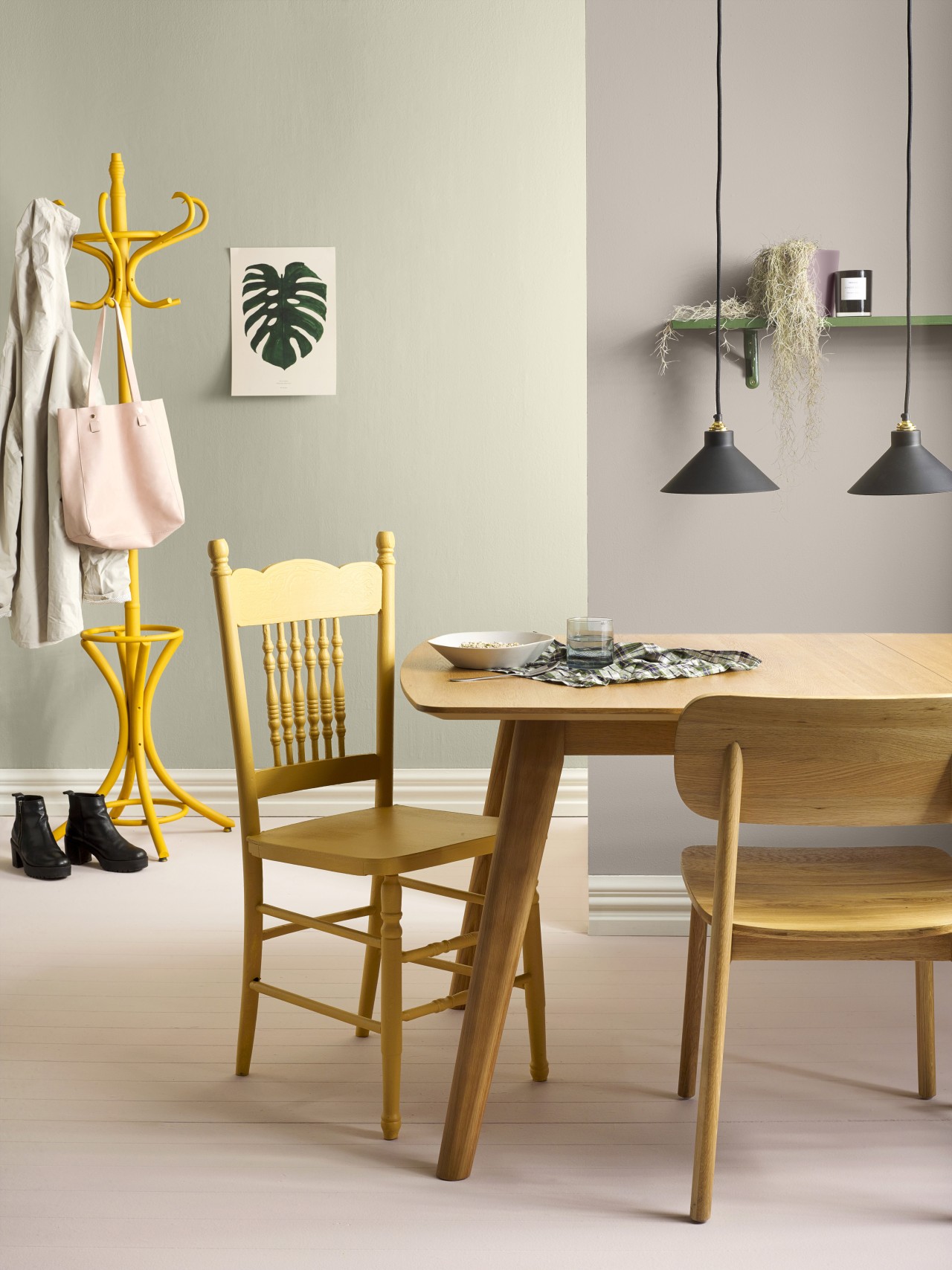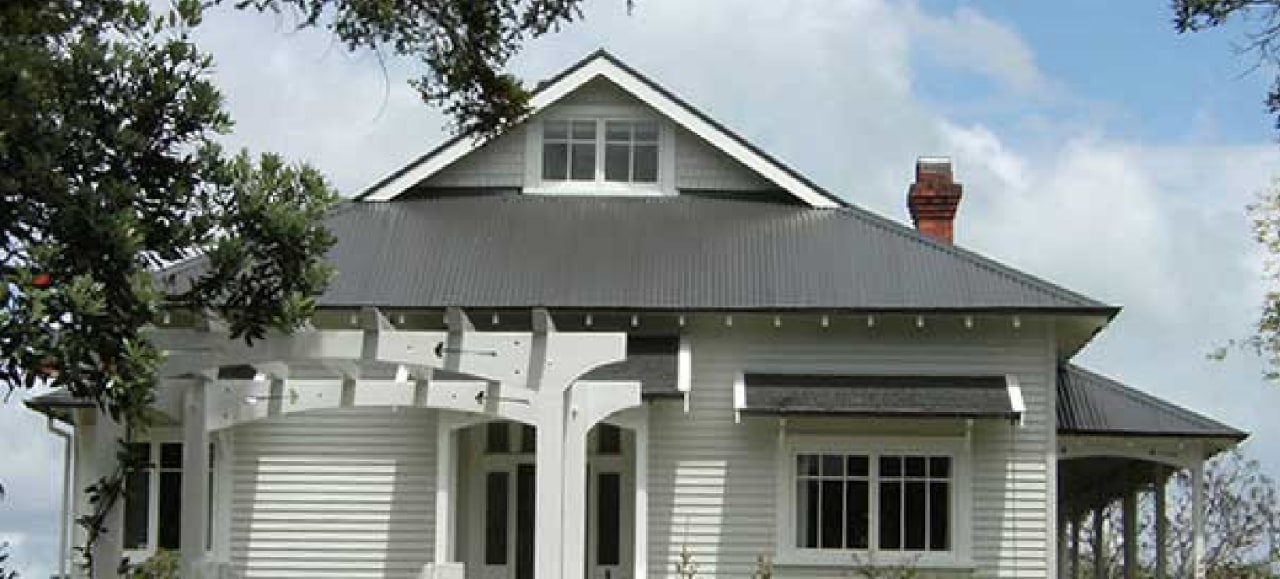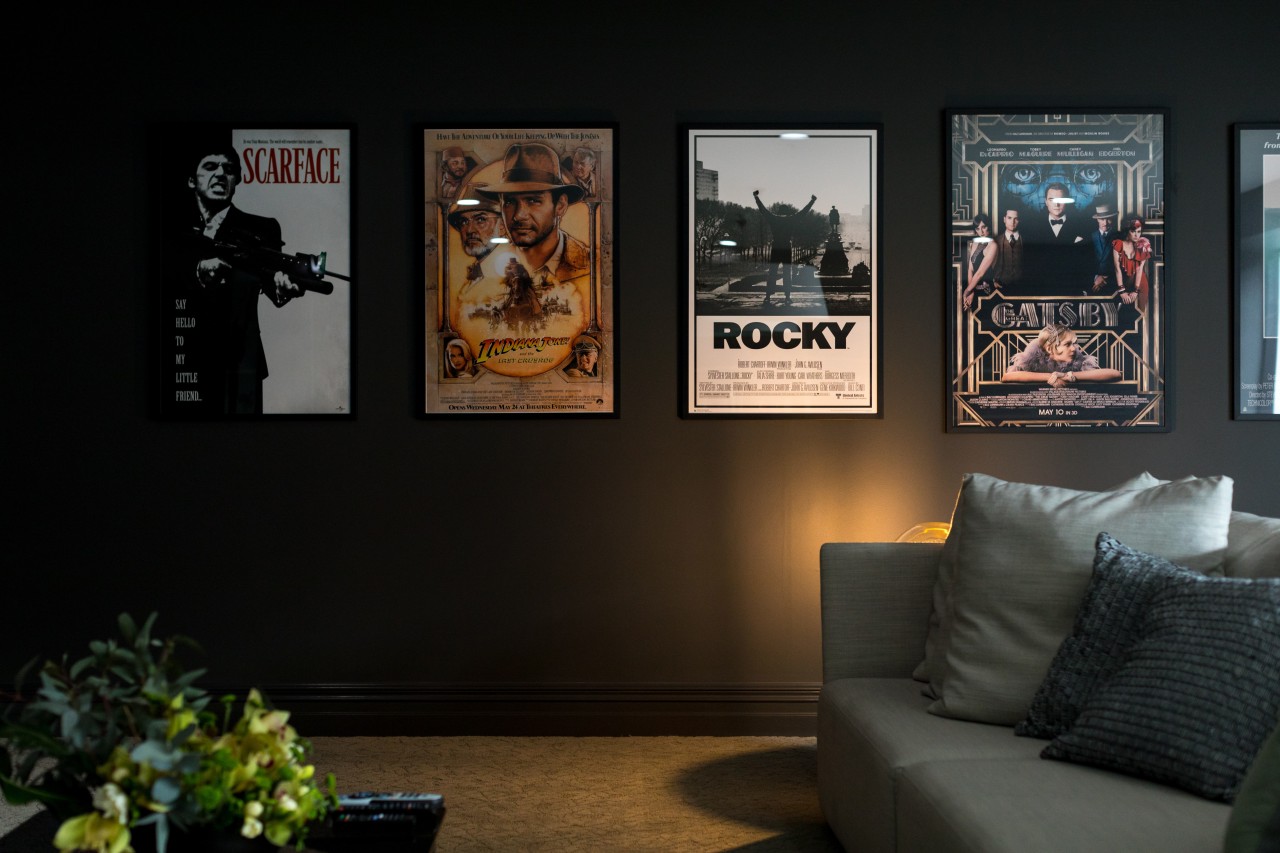How gloss levels affect paint finish
First time painting your home? Consider the gloss levels to ensure you get the right look and longevity from your paint.

Gloss levels of paint will impact on how colour appears in certain light. The higher the gloss level, the higher the reflectance, meaning more light will bounce off a wall painted with a high gloss finish than a flat finish.
Higher gloss paints tend to be used in rooms such as bathrooms, kitchens and laundries as they generally complement the reflective surfaces and floors found in these rooms. Low gloss, flat and satin finishes are popular for living areas and bedrooms where the lower sheen finish complements the soft furnishings and dècor.
Let's have a look at paints with differing gloss levels and how they effect the finish of your surfaces.

Gloss paints have a highly reflective smooth surface and are easier to clean than paints with less surface smoothness. They are ideal for areas exposed to heavy traffic or use, especially where fingerprints, grease or grime are common. Colours tinted into high gloss paints appear cleaner and more intense than colours tinted into flat paints. Due to their reflective appearance, gloss paints tend to highlight surface imperfections.
____________________________________________________________

Semi-gloss paints have a slightly glossy appearance that is not as highly reflective as that of gloss paints. These types of finishes offer good stain resistance and are easy to clean. Paints with a semi-gloss appearance are excellent for use on many of the same areas as gloss paints. They are ideal for walls and woodwork that is subject to wear and on weatherboards and exterior cementitious surfaces.
____________________________________________________________

Satin paints tend to impart more warmth and depth to surfaces than flat paints. They are more stain resistant than flat paints, but less stain resistant than semi-gloss and gloss paints. Satin paints are becoming a popular option for roofing.
____________________________________________________________

Low sheen paints are the most popular finish for interior broadwall areas and an ideal choice where some sheen is desired and good cleaning properties are necessary, such as in living areas, hallways, bedrooms and playrooms. Sometimes low sheen paints are used for ceilings – however, their slight sheen will tend to highlight surface imperfections. Outside low sheen finishes are most commonly used over timber, concrete and plaster finishes.
____________________________________________________________

Flat paints diffuse light, so they tend to conceal surface imperfections better than paints with higher sheen levels. This makes them a good choice for general use on walls and ceilings, especially those that are dented or rough. Colours appear muddied and darker in a flat finish when compared to a glossier finish. 'Flat' finishes have a micro rough texture that may trap dirt and make cleaning more difficult than higher sheen paints. It is wise to use flat paints only in areas that do not tend to get soiled.
____________________________________________________________
Wet areas
Kitchens, bathrooms and laundries are known as 'wet' areas and need special protection from steam and moisture. In these areas an easily cleaned surface is desirable. Traditionally, this has forced decorators to use gloss and semi-gloss paints, however certain low sheen paints can be used in these areas without sacrificing durability or cleanability.
It is becoming increasingly common for decorators to use a low sheen finish throughout their home's interior.
Story by: Trendsideas
Home kitchen bathroom commercial design
Personality plus
Diving into nature
Classic looks, contemporary efficiency
